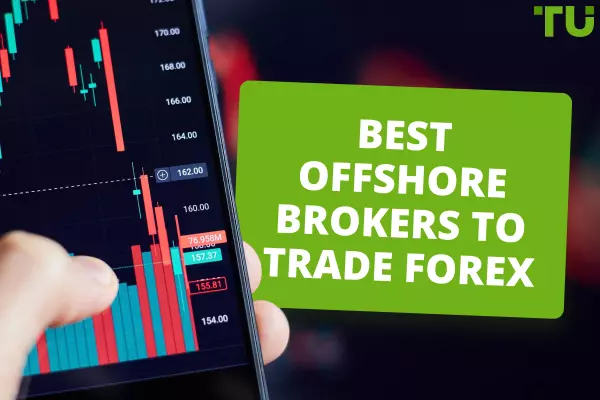Results of the research by TU Research Department (*)
To answer the question of which trading method the majority of successful traders use the most, the team of TU analysts surveyed 2,800 traders – members of the TU community. The survey was conducted using the CAWI (Computer Assisted Web Interviewing) method. The non-sampling error of the survey with a confidence level of 95% is no more than 2.2%.
Successful traders from different countries were offered to fill out a structured questionnaire, sent to them via email. All respondents have shown profitable trading for at least one year.
6.1. Surveyed traders by gender:
77% men;
23% women.

Picture 6.1. Respondents by gender, %
6.2. There are the following age groups in the sample:
45% of the respondents are aged 18-30;
34% — aged 30-45;
17% — aged 45-60;
4% of the respondents are older than 60.

Picture 6.2. Respondents by age, %
6.3. In terms of their trading experience, the composition of the respondents was as follows:
3% of the respondents have been trading on Forex for over 10 years;
24% — more than 5 years;
43% — from 3 to 5 years;
30% — from 1 to 3 years.

Picture 6.3. Respondents by Forex trading experience, %
6.4. In terms of the average monthly deposit growth for the last 12 months the results of the surveyed traders are as follows:
4% of traders — up to 15%;
17% of traders — up to 10%;
29% of traders — up to 5%;
31% of traders — up to 3%;
19% of traders — up to 1%.

Picture 6.4. Average monthly return rate of successful traders, %
6.5. The responses of the respondents regarding their trading strategies were as follows:
47% use long-term strategies;
53% — short-term strategies.

Picture 6.5. The ratio of use of long-term and short-term trading strategies, %
6.6. The answers to the question about the use of Expert Advisors were as follows:
47% of the respondents say they do not use expert advisors for trading;
38% of traders prefer to use EAs;
15% of traders use advisors partially (not regularly or for trading part of their deposit).
| Use of Expert Advisors in trading |
Votes |
% |
No, I don’t use EAs |
1316 |
47% |
I use EAs all the time |
952 |
34% |
I partially use EAs |
532 |
19% |
Total |
2800 |
100% |
Table 6.6. Distribution of traders’ votes on their use of Expert Advisors

Picture 6.6. Distribution of traders’ votes on their use of Expert Advisors, %
6.7. The respondents who “use EAs all the time” or “partially use EAs” were also asked about their trading method with the use of Expert Advisors.
Their answers were as follows:
78% of the traders prefer fully automated EAs;
22% of the traders use semi-automated trading.
| Trading method used with EAs |
Votes |
% |
Automated trading |
1158 |
78% |
Semi-automated trading |
326 |
22% |
Total |
1484 |
100% |
Table 6.7. Distribution of traders’ votes on their preferred trading method with the use of Expert Advisors

Picture 6.7. Preferred trading method with the use of EAs, %
(*) Survey criteria:
-
Survey audience: successful Forex traders of the TU community aged 18 and older trading with the brokers from the TOP 10 list of TU rating.
-
The sample is representative in terms of age, gender and Forex trading experience.
-
Sample number: 2,800 respondents
-
Survey method: CAWI (Computer Assisted Web Interviewing).
-
Non-sampling error of the study with a confidence level 0.95: no more than 2.2%.
-
Period of survey June 24-25, 2023.














